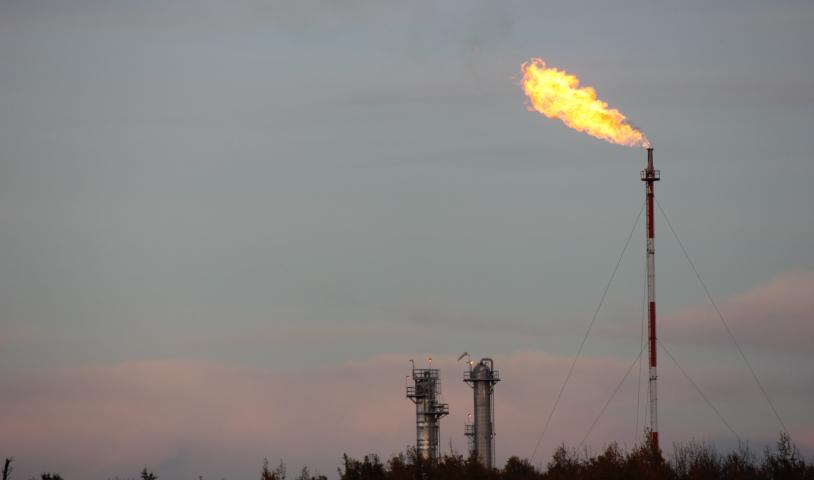Innergex gives $300,000 to B.C. government's grizzly monitoring program
Sunday, September 22, 2013
Upper Lillooet run-of-river power proponents want to build in sensitive bear watershed
Independent Power firm Innergex is giving $300,000 to the provincial government to carry out a five-year study into the grizzly population living near its proposed run-of-river power project in the Upper Lillooet River.
The research and monitoring covers the drainage region for the river and "is the partnerships' contribution to the provincially led regional grizzly bear program currently under development by the Ministry of Forests, Lands and Natural Resource Operations and the Ministry of Environment... which is to develop and implement a grizzly bear inventory," accord ing to documents supplied to Pique by Innergex.
The aim is to understand impacts to grizzly population from existing and pending development in keeping with the Sea to Sky Land and Resource Management Plan, the document adds. Four female grizzlies will be collared and monitored.
"We have reached an agreement... about a contribution to their regional grizzly bear monitoring program. This was one of the conditions of the environmental assessment process (for the Upper Lillooet IPP) and we have been in lengthy negotiations with the grizzly bear experts who have been quoted by other people as being opposed to the project," Innergex's director of public affairs Bas Brusche said.
A Freedom of Information request released in July by the Vancouver-based Wilderness Committee contained an email written by a Ministry of Environment carnivore expert, who expressed concerns about the impact of the Upper Lillooet IPP on the native grizzly population.
Tony Hamilton wrote in the Oct. 15, 2012 email, which was later shared with The Globe and Mail: "As I have said in several e-mails now, I disagree with the suggestion that this project's effects on Grizzly bear recovery are mitigated... We have not examined those potential cumulative effects in a definitive manner. On the contrary, my last series of brief communications with the proponent's consultants on cumulative effects apparently had them still denying that there were reasonable foreseeable cumulative effects."
Scott Barrett, the ecosystems section head with the Ministry of Forest, expressed similar concerns in a memorandum during last year's environmental assessment process.
Brusche said both scientists' departments would receive the money from Innergex.
Said Brusche: "We're happy we've reached the agreement. We think it is important; it is a relatively sizeable contribution to the program... We think it would be a good thing if more companies were active in the area who have a potential impact on grizzly populations would also contribute. It can only be really successful if it is supported by government and by industry."
A spokesman for the Ministry of Forests confirmed Innergex's $300,000 contribution to the research, adding that requirement #12 of the environmental assessment certificate obligated the proponent to participate in a regional grizzly monitoring plan, and that the agreement needed to be developed prior to the approval of the project.
"The funding provided through the Upper Lillooet Hydro Project will be used to assess behavioral responses of grizzly bears to the infrastructure and human activity associated with the project in the Upper Lillooet," the spokesman wrote in an email.
Despite the financial outlay by Innergex, Joe Foy, the national campaign director of the Wilderness Committee, was not impressed.
"We've reached a very, very sorry state when it's up to the proponents to ante up money to do what should be done by our provincial government," Foy said.
"We are huge opponents of these run-of-river projects because of their environmental impact and because of their devastating impact to the finances of British Columbia."
Foy cited the recent announcement by Energy Minister Bill Bennett of the government's intention to pull out of 10 unnamed IPP contracts as an indication of a negative financial impact. The Upper Lillooet IPP was not one of the 10 named.
"Neither the province nor the federal government has put in the effort required to even monitor the things or properly assess them before they happen," said Foy.
"When it comes to grizzly bears, we're talking about a region in the province where grizzlies exist but they're in dire condition. Over the last number of years, surveys have been done, collecting hair samples, and in the various units whether Stein Valley or Cayoosh or Upper Lillooet there are extraordinarily low populations of grizzlies.
"For a number of reasons, we would not want (the Upper Lillooet IPP) to go forward and we don't take solace that this company has anted up money to pay for the survey."
Meanwhile, Brusche confirmed that Innergex was still working on its environmental plan for the construction period in order to satisfy government requirements. Further tree-clearing permits were being issued "as we speak," he said.
He said intial work on the site of the construction campground, for which permissions are in place, began in August.
Construction activities will start after the Leave to Commence Construction has been issued by the B.C. government, he added, and once these final permits are secured they will attempt to secure temporary-use permits from the Squamish-Lillooet Regional District for the construction of the IPPs themselves.





